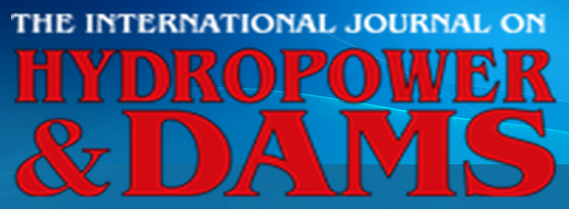DFDL Articles in The International Journal on Hydropower & Dams

Nepal’s hydropower regulation and challenges for offshore financing, by Audray Souche and Will Rossiter, DFDL Legal & Tax, and Anup Upreti, Pioneer Law Associates
Nepal has strong prospects for hydropower development given its vast water resources and proximity to major large energy markets. However, only around 800MW of a potential 43,000MW has been harnessed to date. This article outlines the procedures and regulations relating to hydropower projects in the country.
To download the article, please click here.
Small hydro frameworks: the case of Vietnam and the Philippines, by Audray Souche, Hoang Phong Anh, Will Rossiter, DFDL Legal and Tax, and Jude Ocampo, Ocampo & Suralvo Law Offices
It is estimated that the potential for small hydropower development is equivalent to about 6,700 MW across Southeast Asia, and small schemes could thus play a significant role in the region, particularly in remote and rural areas. Taking the examples of Vietnam and The Philippines, this paper looks at some of the opportunities, incentives and challenges for small hydro developers.
To download the article, please click here.
The future of hydropower development in Timor Leste, by W. Heiser, DFDL, Thailand and Lao PDR
Timor Leste has been an independent nation since 2002. The country is underdeveloped and in need of improved basic infrastructure including roads, ports and power stations. A lack of legal framework and regulations continues to be a barrier to project financing. Hydropower could represent an excellent opportunity for Timor Leste and this paper examines the potential and challenges for developing this important resource.
To download the article, please click here.
Hydropower in Afghanistan: opportunities, challenges, and the legal framework, by D. D. Doran, M. Christensen, DFDL Legal & Tax, Thailand and T. Rosenstock, Rosenstock Legal Services, Afghanistan
Following nearly three decades of political instability and civil war, during which time the vast majority of hydropower infrastructure waseither destroyed or suffered significant decay, Afghanistan once again finds itself in a period of nation-building. Afghan policymakers arelargely in agreement that large-scale hydro development represents a key ingredient for long-term economic development andsustainability. While Afghanistan certainly has the geographic resources for such large-scale hydropower development, it is less clearwhether it has the legal or technical infrastructure to attract the private capital necessary for such development.
To download the article, please click here.
Cross-border hydro projects in Asia: legal issues, hurdles and solution, by D. D. Doran and M. Christensen, DFDL Legal & Tax, Thailand
The authors discuss progress, challenges and legal aspects in relation to the development of cross-border hydropower schemes in Asia,with particular lessons that can be learned from the Lao PDR-Thailand model. As these countries were pioneers for power trading based onhydropower development, their path to partnership has relevance for others throughout the region, such as Myanmar, China, Cambodia,Vietnam, and also the Indian Sub-Continent (India, Bhutan and Nepal).
To download the article, please click here.
Hydropower in Myanmar: Sector analysis and related reforms, by D. D. Doran, M. Christensen and T. Aye, DFDL Legal & Tax, Thailand
The momentous transformation of Myanmar’s political and economic landscape, which began in 2010, has created many investmentopportunities, particularly in the hydropower sector. Myanmar is uniquely fortunate to have growing electricity demand both domesticallyand from its neighbours, eager to buy clean power, as well as a wealth of potential hydropower resources. Rapid economic growth is beingexperienced across nearly every sector, with a significant focus on energy and infrastructure. According to the International Monetary Fund,GDP per capita in Myanmar as of October 2013 was US$ 1040, an increase of 20 per cent since 2012. In addition, pledged foreign directinvestment in Myanmar is also at record levels, exceeding US$ 44 billion in 2013 and showing no signs of slowing.
To download the article, please click here.


